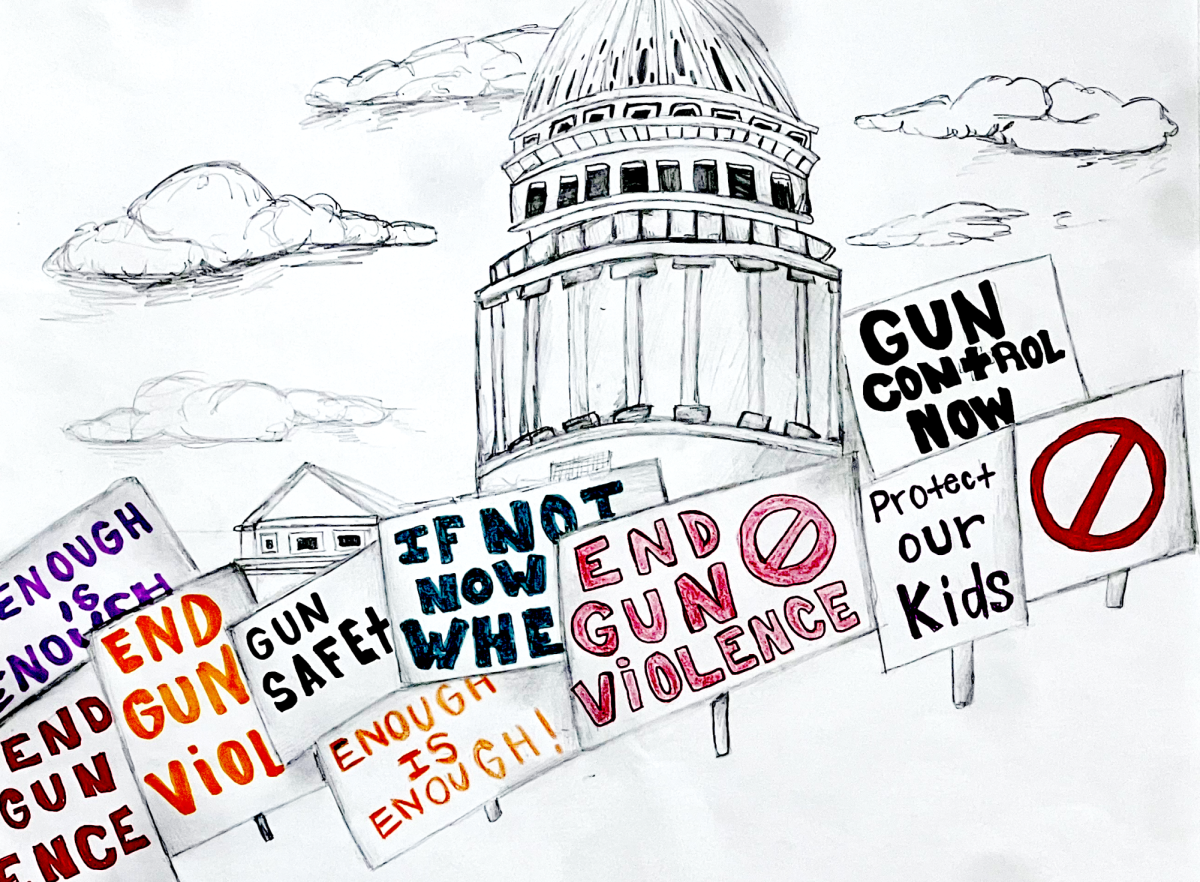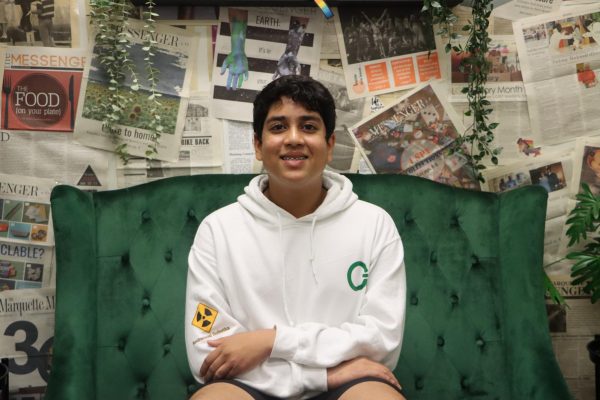400 schools. 370,000 students.
These are the numbers of schools and students that have been exposed to school shootings since Columbine in 1999, according to a statement from the White House. That’s 25 years of pain, suffering and grief for thousands of students, families and school communities.
We cannot keep pretending that these kinds of tragedies are a normal part of life.
Earlier this month, another school was added to this list: Apalachee High School, a high school in Winder, Georgia, where gunshots echoed down the halls, and four beloved students and teachers were murdered.
The shooter? A 14-year-old boy named Colt Gray, who received the gun from his father.
These kinds of tragedies can shake the U.S. Families, friends, acquaintances, students and strangers grieve. People are outraged.
After these tragedies, videos go viral in which parents teach their kids how to defend themselves, and students share their stories. And then, it’s over- until the next shooting happens.
This cycle shouldn’t go on, and all of this would not have happened, if there would have been some change.
The gun debate in the U.S. is incredibly heated, especially because guns are so deeply rooted in American society. For example, 46% of U.S. households report having guns, according to the CDC. Another metric states that 4.3 million children live in a household where there is at least one gun that is left loaded and unlocked.
Proposing solutions has been difficult because of this gun culture, but there have still been other proposed approaches to this issue.
One of these solutions was to implement crisis assessment programs. These programs would include teams recommended by the Federal Department of Homeland Security, which intervene at the first warning signs of violence.
Another proposed plan has been to enforce safe firearm storage so teenagers cannot gain access to guns as easily, therefore, limiting the easy access that some shooters have had to guns.
Enforcing some of these policies might be the first step in enforcing future change. Every day that passes without any kind of real action brings the threat of another school tragedy.
The question is, how many more children have to die before we make a change?




